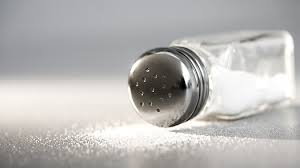What are halides? What are some examples of them?
1 Answer
Halides are anions of the Group 17 elements, the halogens.
Explanation:
The halogen elements are diatomic molecules,
The anions are the so-called halides:
Of course, if you have a negatively charged species, there must be a positively charged species as well to balance the charge, typically a metal cation,

Of course, I could broaden my horizons a little bit, and consider organic halides. A halogen atom can be tacked on to an alkyl or hydrocarbyl group to give an organic halide, where the halide takes the place of a hydrogen. With hydrocarbons, this is usually the first step of a synthesis, because once the halogen group is introduced (

